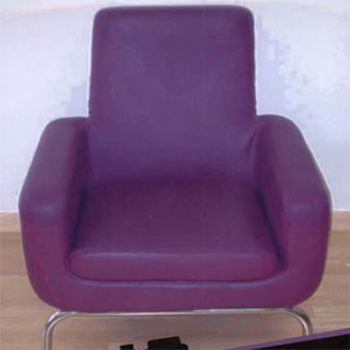The world has discovered bamboo as an eco-friendly, fashionable material and as an alternative to wood and leather. In Western countries, bamboo-made products are highly appreciated and can fetch a much higher price. With the richest bamboo genetic resources next to China and rich handicraft traditions, India too is aiming to become a global player. The government and private players in India started pumping money into the bamboo sector. The bamboo sector needs an integrated and multifaceted approach, going beyond the setting up of enterprises, and a concomitant focus on resource development, markets, technology transfer, community development, awareness building, product development, and diversification. The use of indigenous and new industrial tools is of great value to the craftsman who works day-in and day-out in bamboo but still resorts to old and sometimes inadequate methods for production and produces the least profitable products. Product design initiatives are needed in order to meet consumer expectations of the high potential market. The objective of the project is to design high-value wall clocks from existing craft setups in rural areas based on the human resources of bamboo crafts and train them with tools, technologies, methods, and techniques through organising training and production workshops.





